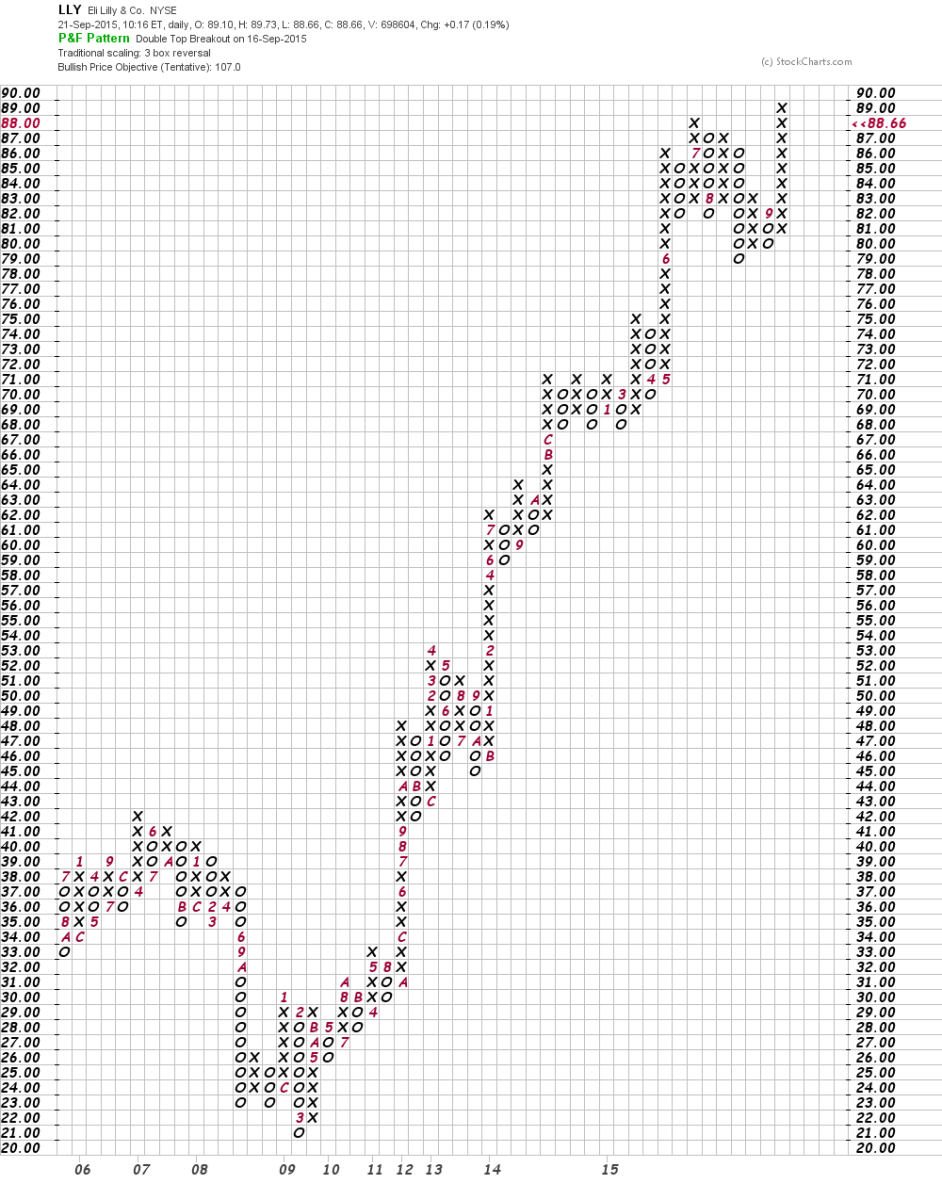Is Eli Lilly and Company (LLY) poised for a transformative future, or is it facing headwinds that could derail its trajectory? The pharmaceutical giant, a titan in the industry, is at a critical juncture, with its stock price reflecting both the immense promise of its pipeline and the challenges inherent in the volatile world of drug development and market dynamics.
The stock market, a relentless evaluator of present performance and future potential, has been keenly focused on Eli Lilly and Company (LLY). Recent fluctuations in the company’s stock price, coupled with a flurry of analyst forecasts and financial reports, paint a complex picture. While some see a significant growth opportunity, others are concerned about the impact of recent developments. The company's focus on areas like neuroscience, cardiometabolic diseases, cancer, and immunology places it at the forefront of medical innovation. This strategic focus, however, comes with the inherent risks of the pharmaceutical industry, including clinical trial failures, regulatory hurdles, and competitive pressures.
| Category | Details |
|---|---|
| Company Name | Eli Lilly and Company (LLY) |
| Industry | Pharmaceuticals |
| Primary Focus Areas | Neuroscience, Cardiometabolic Diseases, Cancer, Immunology |
| Current Stock Price (Approximate - Subject to change) | $855 (as of recent reports, can vary) |
| Trailing Adjusted Earnings per Share (Approximate) | $13.76 |
| Price-to-Earnings Ratio (P/E) (Approximate) | 62 (based on trailing adjusted earnings) |
| Analyst Rating (Average) | Strong Buy (based on 18 analysts) |
| 12-Month Stock Price Forecast (Average) | $1,002.56 (an increase of 14.28% from the latest price) |
| Recent Stock Performance (Example) | Stock was trading at $772.00 at the beginning of 2025 (Reference: MarketBeat) |
| Key Competitors | (Information not directly provided in original content, requires further research) |
| Key Developments |
Weak first quarter 2025 results, EPS miss (Reference: Yahoo Finance) |
| Website Reference | Nasdaq: Eli Lilly and Company Common Stock (LLY) |
The financial performance of Eli Lilly and Company has been a primary focus for investors and analysts alike. The company's trailing adjusted earnings per share provides a crucial metric for assessing its profitability. However, the reported EPS miss in the first quarter of 2025, as highlighted by Yahoo Finance, has triggered some concerns. This underscores the inherent volatility of the pharmaceutical industry. The success of a pharmaceutical company is intimately tied to its ability to innovate, which demands constant investment in research and development, and the unpredictable nature of clinical trials. The company's performance and valuation are highly sensitive to the success or failure of its clinical trials and the regulatory approvals required for its product pipeline.
The stock's current trading at around $855, based on recent reports, showcases the market's perception of its current valuation. The price-to-earnings ratio of 62 times trailing adjusted earnings, a key indicator of how much investors are willing to pay for each dollar of earnings, is a crucial consideration. This ratio can be interpreted as an indication that investors expect a high growth rate from the company. However, this valuation also means that the stock is more sensitive to bad news, such as clinical trial failures or regulatory setbacks.
Numerous financial news outlets, including Forbes, Morningstar, Google Finance, MarketBeat, and Yahoo Finance, have provided insights into Eli Lilly's performance, market position, and future prospects. These sources offer a wide range of data and analysis, from real-time stock quotes and historical performance data to analyst ratings and expert commentary. Utilizing these resources allows investors to make better-informed decisions based on the most current market conditions. The company is continuously assessed by analysts who provide ratings and forecasts. Their consensus is often a significant driver of stock price movements.
The average rating for LLY stock is “Strong Buy,” according to 18 analysts, as indicated by Stock Analysis, demonstrating a general optimism about the company's future. Furthermore, the 12-month stock price forecast suggests a potential increase of 14.28% from the latest price, indicating that analysts believe that the company's stock price will increase in the next year.
Despite the generally positive outlook, there are indications of potential challenges. For example, a dip in the stock price was reported after the release of weak first-quarter 2025 results by the company, which included an EPS miss. This outcome reflects the volatility of the market and the impact that financial performance has on stock valuations. Lower earnings or a missed earnings target can negatively impact investor confidence and drive down stock prices in the short term.
The company's strategic focus on critical therapeutic areas like neuroscience, cardiometabolic disorders, oncology, and immunology positions it at the forefront of medical innovation. These segments have the potential to address significant unmet medical needs and drive substantial revenue growth. However, this strategic focus also entails considerable risk. The development of new drugs can be very costly, and the outcome of clinical trials can be unpredictable. Furthermore, the process of obtaining regulatory approval from agencies, such as the FDA, can be long and complicated.
The comparison with industry peers is critical to understanding Eli Lilly's market position. This involves evaluating key metrics, such as revenue growth, profitability margins, and the status of product pipelines, to assess how well the company is performing in relation to its competitors. Information on peer performance is often found in the resources provided by Morningstar and other financial institutions.
The fluctuations in Eli Lilly's stock price are significantly influenced by various factors, including the company's financial performance, the progress of its drug development pipeline, the regulatory environment, competitive pressures, and the overall market sentiment. Investors should consider these aspects when assessing the company’s prospects.
Market volatility and the unpredictability inherent in drug development make the pharmaceutical sector a high-risk, high-reward area. Eli Lilly's future success hinges on its capacity to navigate these complexities and maintain a strong pipeline of innovative drugs. The company’s ability to meet and exceed the current analyst forecasts will play a key role in shaping the stock's future trajectory.
In conclusion, the performance of Eli Lilly and Company’s stock is a dynamic reflection of the broader pharmaceutical landscape. Investors and analysts are closely monitoring the company's financial results, R&D progress, and strategic decisions. The market has currently priced the stock at a level that is reflective of both current performance and the potential for future growth. Ultimately, the company’s success will depend on its ability to translate its research and development efforts into commercially viable products that improve patient outcomes and generate sustainable returns for shareholders.


